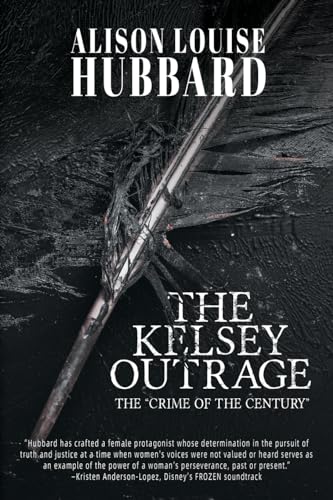The Kelsey Outrage: The Crime of the Century
A historic plaque in Huntingdon, New York, commemorates a despicable crime, when a young Irish poet and Sunday school teacher, who had the misfortune to fall for a local girl, was tarred and feathered by persons unknown. Hubbard draws heavily on remaining records to tell a story of unrequited love, jealousy, rage, and revenge.
After the death of their parents, Cathleen and Danny Kelsey eke out a farming living in the fictional town of Huntoria. Their brother, Charles, a poet, a dreamer and shy idealist, contributes little to the household, but is loved and understood for his foibles. On the evening of November 4, 1872, he tells his siblings he is going to town to vote in the presidential election. He doesn’t come home.
What follows is a step-by-step investigation by almost-retired Constable Alec Ruggles and Cathleen Kelsey. The main issue, the narrator says, is that ‘a large group of well-heeled individuals from the church had appointed themselves judge and jury, and had punished a lone man for his “sins.”’ These men are church elders, school board and town council members, supposedly upstanding representatives of their community. The fact the men indicted were found not guilty shouldn’t come as a surprise to anyone. Women were also complicit.
The novel, whilst grabbing my interest early on, lost it as the investigation continued. Ruggles’ methods are so lethargic that it becomes boring to read, and a crime which was and is so sickeningly cruel becomes distanced in the telling for most of the book. Several scenes that are based on fact fail to convince. This would be an excellent read as a true crime nonfiction thriller, but as fiction it didn’t work for me.










